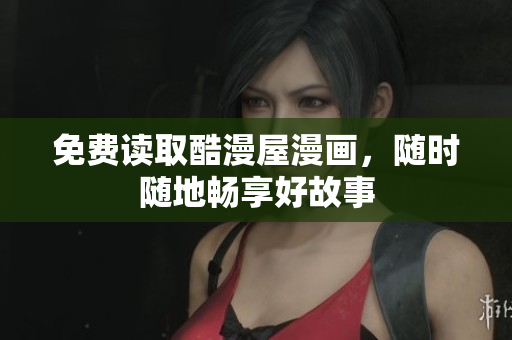Introduction
In today's society, there are many areas where children do not have access to quality early childhood education. These regions are known as "scarce areas", and the lack of proper education can have long-term negative effects on the children who live in these areas. Additionally, there are also issues with the representation of women and their roles in education. In this article, we will discuss the importance of early childhood education, the need for more female representation in education, and the benefits of the arts in education.
The Importance of Early Childhood Education
Early childhood education has been shown to have a significant impact on a child's cognitive and socio-emotional development. In fact, studies have shown that quality early childhood education can improve a child's academic performance, as well as their social skills and emotional well-being. Unfortunately, many children in scarce areas do not have access to quality early childhood education.
One way to combat this issue is through the establishment of initiatives that provide early childhood education to children in these areas. For example, community organizations, non-profits, and government agencies can work together to establish programs that provide access to quality early childhood education for children in scarce areas.
The Need for Women's Representation in Education
Despite the fact that women make up a significant portion of educators, there is still a lack of female representation in leadership positions within the education system. This lack of representation can perpetuate gender stereotypes and prevent women from advancing in their careers.
It is essential that we promote the representation of women in education and encourage their advancement to leadership positions. By increasing the number of women in leadership positions, we can create role models for young girls who may be interested in pursuing a career in education.
The Benefits of the Arts in Education
The arts have been shown to have many benefits for children in education. For example, participating in arts education programs can help children develop critical thinking skills, improve their ability to communicate, and enhance their creativity. Additionally, the arts can provide a sense of community and promote social connections.
Despite these benefits, arts education is often one of the first programs to be cut when schools face budget reductions. To combat this issue, initiatives can be established to provide funding for arts education programs and encourage their inclusion in the curriculum.
Conclusion
It is clear that there are several issues when it comes to early childhood education, women's representation in education, and the arts in education. However, by working together, we can create initiatives and programs that address these issues and provide children with the tools they need to succeed. Access to quality early childhood education, increased representation of women in leadership positions, and inclusion of arts education programs can have a significant impact on children's academic, social, and emotional development.









